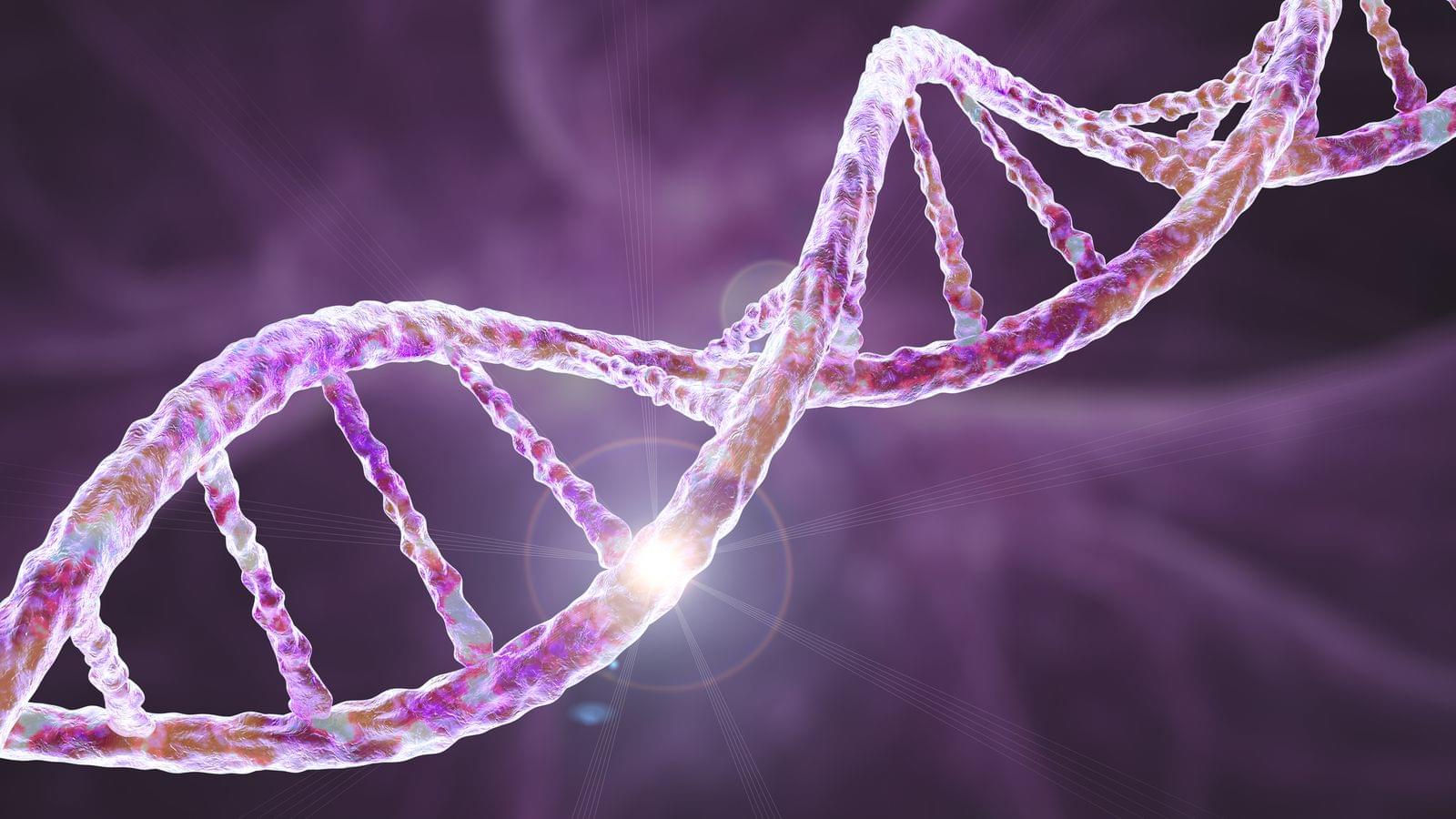AI-powered analysis of routine blood tests can reveal hidden patterns that predict recovery and survival after spinal cord injuries. This breakthrough could make life-saving predictions affordable and accessible in hospitals worldwide.




Fluorescent proteins, which can be found in a variety of marine organisms, absorb light at one wavelength and emit it at another, longer wavelength; this is, for instance, what gives some jellyfish the ability to glow. As such, they are used by biologists to tag cells through the genetic encoding and in the fusing of proteins.
The researchers found that the fluorophore in these proteins, which enables the immittance of light, can be used as qubits due to their ability to have a metastable triplet state. This is where a molecule absorbs light and transitions into an excited state with two of its highest-energy electrons in a parallel spin. This lasts for a brief period before decaying. In quantum mechanical terms, the molecule is in a superposition of multiple states at once until directly observed or disrupted by an external interference.


For 24 hours a day, seven days a week since November 2000, NASA and its international partners have sustained a continuous human presence in low-Earth orbit, including at least one American – a streak that will soon reach 25 years.
When viewed in the history of spaceflight, the International Space Station is perhaps one of humanity’s most amazing accomplishments, a shining example of cooperation in space among the United States, Europe, Canada, Japan and Russia. But all good things must come to an end.
In 2030, the International Space Station will be deorbited: driven into a remote area of the Pacific Ocean.



The first astronauts set to fly to the Moon in more than 50 years will do so in Integrity.
NASA’s Artemis II crew revealed Integrity as the name of their Orion spacecraft during a news conference on Wednesday at the Johnson Space Center in Houston.
“We thought, as a crew, we need to name this spacecraft. We need to have a name for the Orion spacecraft that we’re going to ride this magical mission on,” said Reid Wiseman, commander of the Artemis II mission.
The dike’s seemingly unstoppable ascent meant “there was a possibility that magma would reach the shallow seafloor,” says Isken—which could cause some explosive activity. Fortunately, the dike lost momentum, and the crisis came to an end.
Most dike injections fail to cause eruptions, and this one was no different. “There probably wasn’t enough magma in it, and it wasn’t buoyant enough, to hit the surface,” says Yeo.
While this incursion ended prematurely, others might not. And sketching out other aspects of the plumbing help will help researchers track dangerous magma in real time and warn locals.
